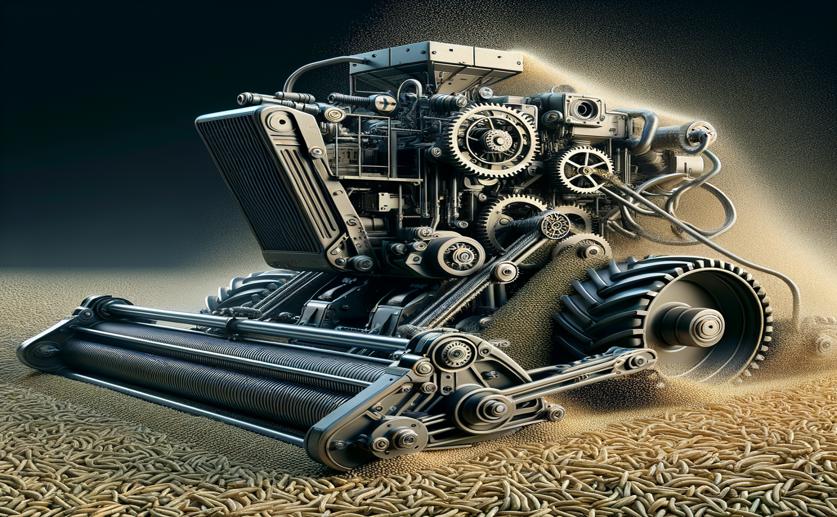
Developing a Cumin Harvester: Understanding the Force and Power Needed
Jenn Hoskins
14th June, 2024

Image Source: Natural Science News, 2024
Key Findings
- The study by Sri Karan Narendra Agriculture University focused on optimizing cutter bar speeds, forward speeds, and blade types to reduce cutting force and power requirements for cumin crops
- Higher cutter bar speeds decreased the cutting force, while higher forward speeds increased it
- Blade-B1 was found to be the most efficient, consuming 18% and 30% less power than Blade-B2 and Blade-B3, respectively
References
Main Study
1) Force and power requirement for development of cumin harvester: a dynamic approach.
Published 13th June, 2024
https://doi.org/10.1038/s41598-024-64473-y
Related Studies
2) Study of Cutting Power and Power Efficiency during Straight-Tooth Cylindrical Milling Process of Particle Boards.



 14th June, 2024 | Greg Howard
14th June, 2024 | Greg Howard